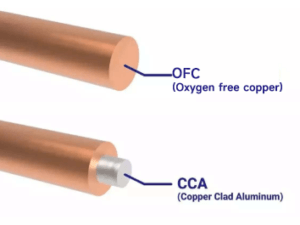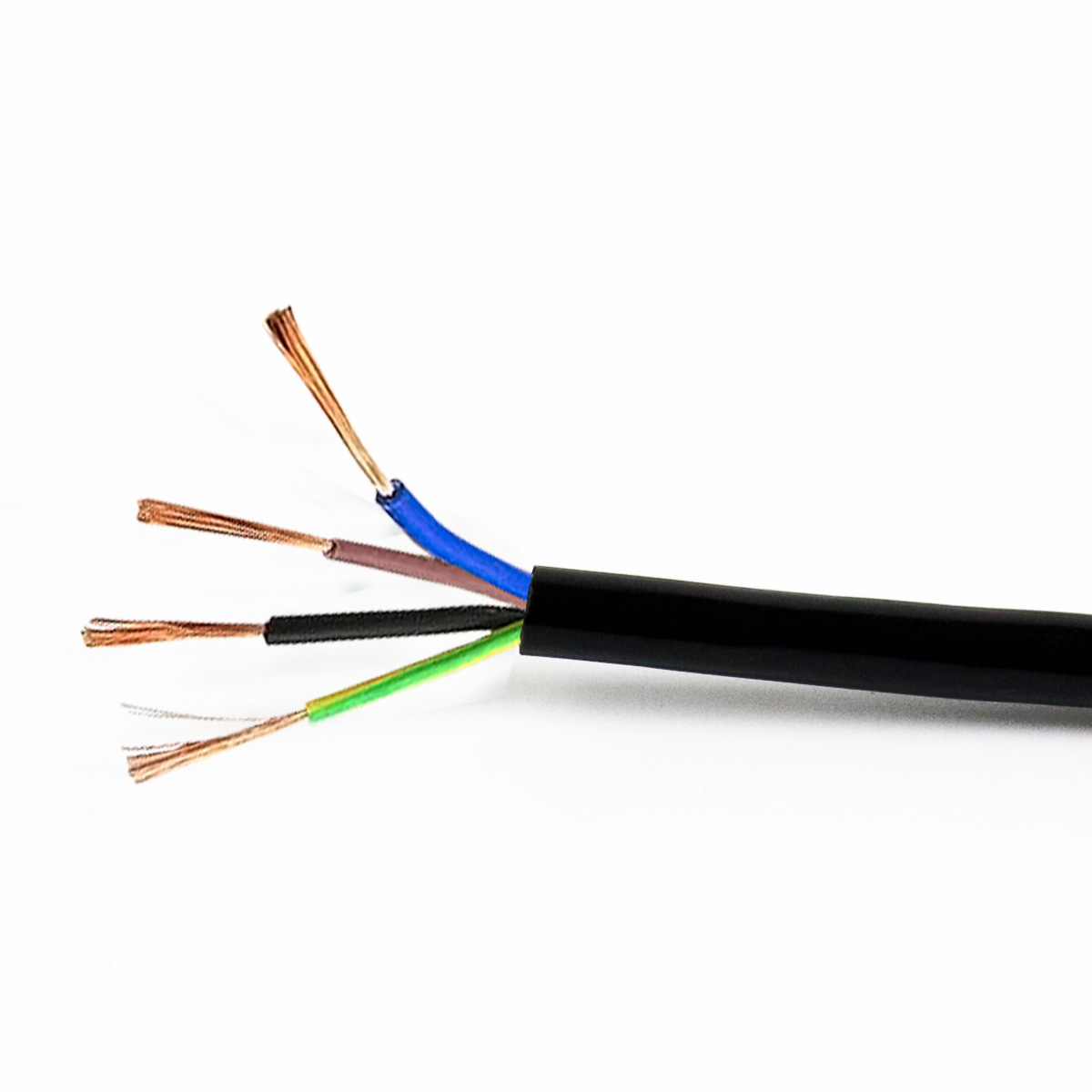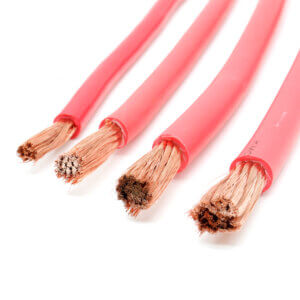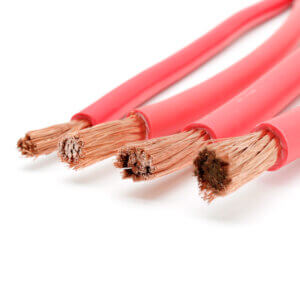CCA vs. OFC Speaker Cable:
Many customers face the decision of choosing between pure copper OFC speaker cable and copper clad aluminum (CCA) speaker cable. They often ask about the differences between these two types of cables and which one is the better choice. Here’s a straightforward recommendation: Opt for OFC speaker cables if your budget allows.

What is CCA Speaker Cable?
CCA stands for Copper Clad Aluminum. As the name suggests, it is an aluminum conductor coated with a thin layer of copper.
Advantages:
- Lighter weight.
- More affordable.
Disadvantages:
- Conductivity is only 61% of that of copper, resulting in higher resistance for the same wire diameter.
- Signal loss, especially for high-frequency sound signals, occurs over long distances.
- Lower mechanical strength, making it less suitable for frequent twisting and bending.

What is OFC Cable?
OFC stands for Oxygen-Free Copper, generally referring to 99.995% pure copper. In high-end audio cables, there are even 6N cables with 99.9999% copper content, which can be quite expensive.
Advantages:
- Lower resistance, reducing signal loss and ensuring clear, transparent sound quality.
- Maintains effective sound signal transmission even over long distances.
- Long service life and greater durability.
Disadvantages:
- Relatively more expensive.
Applications: Where Are OFC and CCA Speaker Cables Used?
- OFC Speaker Cable: Ideal for most audio wiring scenarios, including home theaters, stage audio, and car audio, especially when audio distance is long or for high-end setups.
- CCA Speaker Cable: Suitable for low-cost home wiring.
For more details about OFC and CCA speaker cables, feel free to visit our audio cables page!





